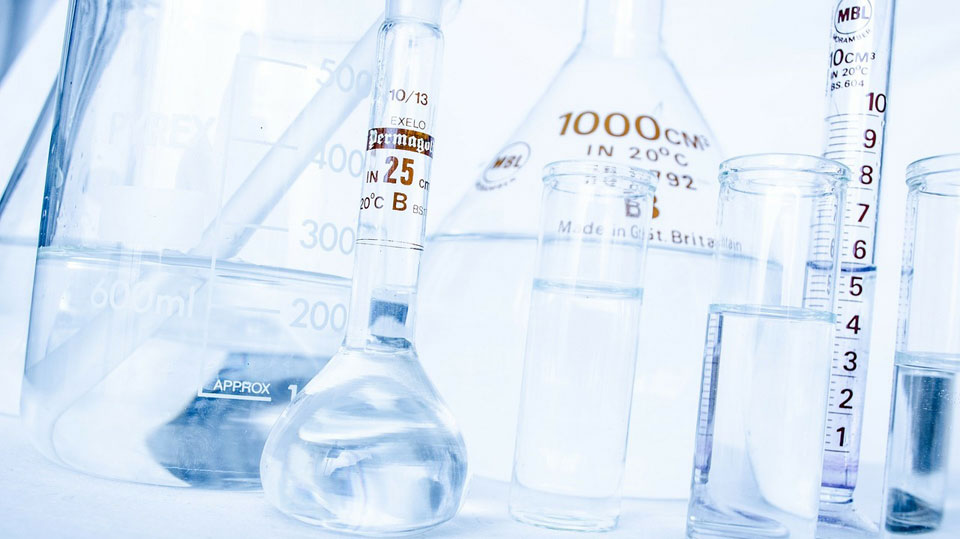Science holds the trump card in comparison to all other school subjects because it is, by nature, more fun. No other subject lends itself quite as well to exploring and experimenting as good old science, and there is certainly no shortage of fun science projects. The following science project ideas for kids require hardly any materials, are super inexpensive and rank high on the fun scale. Since play is integral in allowing youngsters to blossom into well-rounded little people, let’s dive in! Here are three simple science experiments for kids that explore the properties of liquids:
Ice Cube and Oil Experiment
This science experiment for kids lends itself well to a variety of age groups based on its rich sensory aspects.
Fill up an ice-cube tray with water and add a few drops of food coloring to the ice. Set the tray in the freezer and wait for your colored ice to freeze. Once the ice is frozen, fill pie tins with baby or vegetable oil—baby oil is neat because it’s clear, but if you’re working with little ones who will be tempted to taste the experiment, vegetable oil is a safer bet—and dump your cubes in. As the ice melts into the oil it will bead into colorful water bubbles. Have the kids move the ice around and make observations about how the water and oil interact.
A basic explanation: oil and water do not mix because oil is made of non polar molecules while water is made of polar molecules.
Pepper, Soap and Water Experiment
Bonus points if you pair this with a story about a town full of dirty pepper people who are afraid to take a bath... or something equally cute.
Fill a bowl with water and pour enough pepper into the water so that it pretty much covers the surface. Have the kids dip their finger into the water and observe what happens (nothing). Next, have the kids put dish soap on their finger and have them dip that finger into the bowl again. This time the pepper will quickly move away from their finger to the edge of the bowl.
A Basic Explanation: The pepper floats due to surface tension (thanks to the strong attraction of molecules in a liquid) but the liquid soap breaks the surface tension. When the surface tension of the water breaks, the top most molecules of the water spread out and this is what makes it look like the pepper is “running away” from the soapy finger.
“Oobleck” Cornstarch and Water Experiment
This one tops my list of fun experiments for kids, but if you’re an adult who doesn’t smile when playing with cornstarch goo, then you’re probably a monster.
Pour some cornstarch into a bowl following the general rule that more is always better and have students feel and observe the texture of the cornstarch. Slowly add water (or colored water if you want to up the ante) to the cornstarch, mixing as you go. The oobleck is complete when you move it around quickly in your palms and it forms a ball, but when you stop applying pressure to the mixture it flows out of your hands. Spend time studying and playing with your mixture!
A Basic Explanation: Oobleck is a “Non-Newtonian” liquid, meaning that it does not flow at a consistent, predictable rate. It can act almost like a solid and then like a liquid because it is actually a suspension. The size, shape and makeup of the cornstarch cause it to hold its shape when pressure is applied.
For more inspiration and for any and all of the supplies you’ll need to explore, check out Quill's assortment of Science Experiments.
Krista Wolfe
Quill.com Contributing Writer
Krista Wolfe is a marketing project manager for Quill.com where she writes to help small businesses, teachers and healthcare professionals make more informed decisions on office essentials. She also writes on our new community blog, Café Quill, about a wide range of business matters such as leadership, productivity and work-life balancing. Krista lives in Chicago and you can find her on Google+ or LinkedIN.


